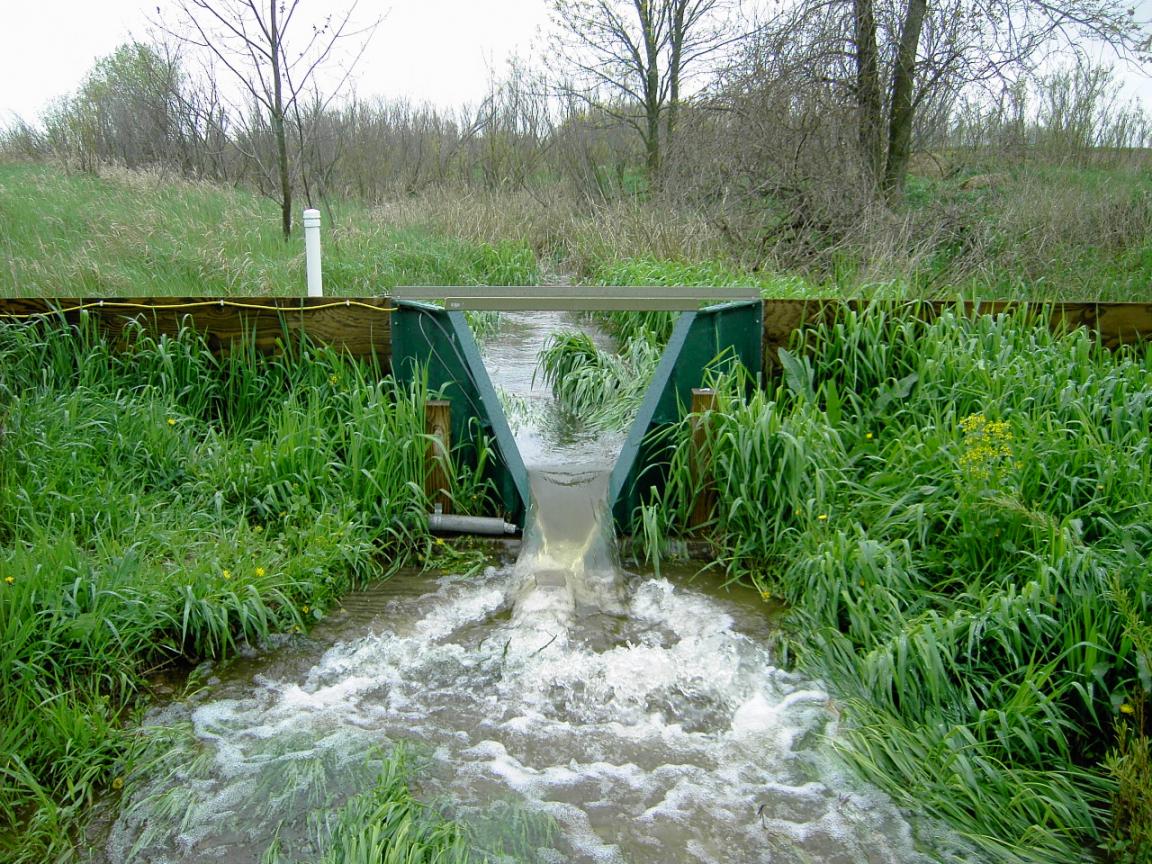Iran’s severe water shortage is common knowledge, as it is located in the world’s most water-stressed region. Perpetual drought and declining precipitation have displaced thousands and if measures are not taken to ameliorate the situation, a crisis is around the corner.
Speaking to the Persian daily Sharq, Isa Kalantari, advisor to First Vice President Es’haq Jahangiri on water and environmental affairs, said years of mismanagement of resources is responsible for Iran’s dire water situation.
He complained that water-intensive crops are grown in water-stressed regions like Isfahan.
“Many years ago, water was still flowing in rivers and farmers were withdrawing gallons of water, so nobody really noticed there was a shortage,” he said.
“Farmers are still drawing too much water, but we notice the shortage only because rivers have gone dry.”
Kalantari, a former agriculture minister, conceded that natural resource management in Iran has never been scientific, citing overuse of groundwater resources as evidence.
“Groundwater has a negligible rate of recharge. Annually, 33 billion cubic meters of groundwater are replenished, but we siphon off 58 billion cubic meters,” he said.
“That means we are 33 billion cubic meters over the limit. In other words, we’re tapping into ancient water reserves that have accumulated underground over millions of years.”
He lamented the lack of urgency within government bodies and said “some don’t think the situation is as critical”.
Land Subsidence and Wasteful Practices
“Overdrawing the resources of aquifers is the major cause of land subsidence in Iranian plains, such as those in Mashhad, Rafsanjan and Hamedan,” Kalantari said.
“Land subsidence irreparably damages plains; even ample rainfall won’t be able to revive the land because it has no way of reaching aquifers.”
When large volumes of water are removed from a groundwater basin, aquifers can become compressed as clay layers are drained, causing land subsidence. Most subsidence is inelastic, meaning that the land surface will not rebound even if previous groundwater levels are restored. Preventing subsidence is, therefore, vital.
Wasteful farming practices going back ages also gobble up 90% of Iran’s water, as 35% efficiency pales in comparison to the 70% in the developed world.
Asked if Iran should stop farming in general, Kalantari said, “It’s impossible to close a sector. What we need to do is reduce pumping groundwater sources.”
Purchasing Farmers’ Water Rights
Some experts believe paying government subsidies to farmers in return for a reduction in crop growth might be a viable solution, but Kalantari disagrees.
“We need to buy their water rights and not use them,” he said.
The advisor believes purchasing farmers’ water rights amounting to 31 to 38 billion cubic meters per year would be a strong first step.
“This way, farmers get paid a substantial amount of money and we save billions of cubic meters of water,” he said.
Kalantari said buying farmers’ water rights will not impact their production.
“We want to buy 40% of their water rights; 1,200 cubic meters per second per year. That means they’re left with 1,800 cubic meters per second. They will have the same output with 40% less water and use modern, efficient technology to achieve that,” he said.
Kalantari warned against the fallout of inaction and said unless swift action is taken to address the looming water crisis, the country risks a worsening of social conditions.


